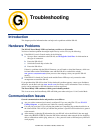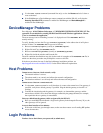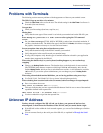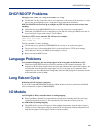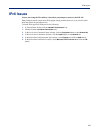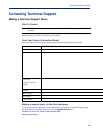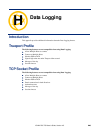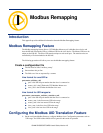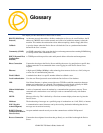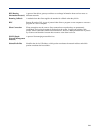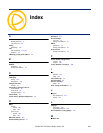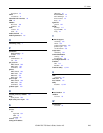
IOLAN DS1/TS2 User’s Guide, Version 4.5 243
Glossary
This chapter provides definitions for Device Server terms.
BOOTP (BOOTstrap
Protocol)
An Internet protocol that enables a diskless workstation to discover its own IP address, the IP
address of a BOOTP server on the network, and a file to be loaded into memory to boot the
machine. This enables the workstation to boot without requiring a hard or floppy disk drive.
Callback A security feature where the Device Server calls back the User at a predetermined number
defined in the User’s account.
Community (SNMP) An SNMP community is the group that devices and management stations running SNMP belong
to. It helps define where information is sent.
DHCP (Dynamic Host
Configuration
Protocol)
A TCP/IP protocol that provides static and dynamic address allocation and management.
Direct Connection Connections that bypass the Device Server enabling the user to log straight into a specific host.
A direct connection is recommended where a user logging in to the Device Server is not
required.
Ethernet A high-speed (10Mbps,100Mbps) cable technology that connects devices to a LAN, using one
or more sets of communication protocols.
Fixed Callback A method where there is a specific number defined to callback a user.
Local Authentication Uses the user ID and password stored within the Device Server User database.
LPD Line Printer Daemon. A printer protocol that uses TCP/IP to establish connections between
printers and workstations on a network. The technology was developed originally for BSD
UNIX and has since become the de facto cross-platform printing protocol.
Modem Initialization
String
A series of commands sent to the modem by a communications program at start up. These
commands tell a modem how to set itself up in order to communicate easily with another
modem.
MOTD Message of the day. This is defined by a file whose contents display when users log into the
Device Server.
Multicast The broadcasting of messages to a specified group of workstations on a LAN, WAN, or internet.
NAK (Negative
Acknowledgment)
A communication control character sent by the receiving destination indicating that the last
message was not received correctly.
RADIUS (Remote
Authentication Dial In
Users Services)
An open standard network security server that communicates with the PAP protocol.
Reverse Connection Connections that originate from a host that go directly to a serial device through the Device
Server.




